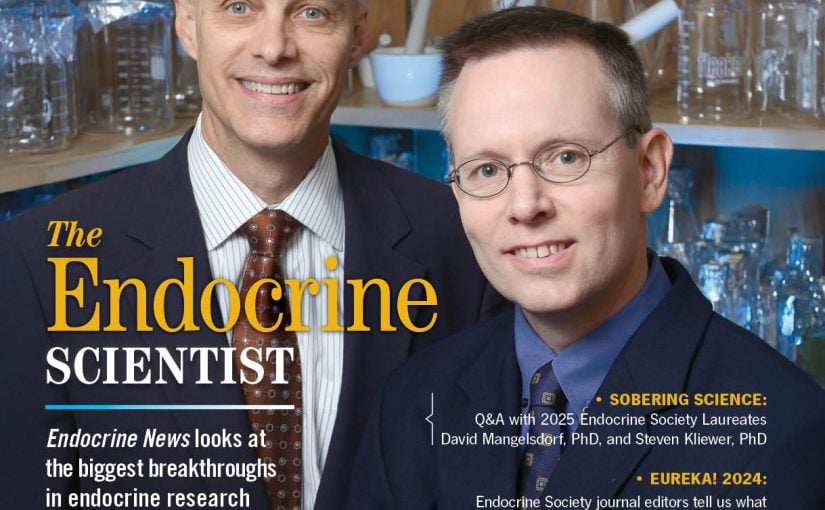Exposure during infancy to the common plasticizer bisphenol A (BPA) “hijacks” and reprograms genes in the liver of newborn rats, leading to nonalcoholic fatty liver disease (NAFLD) in adulthood. A new study has found how this process occurs, and researchers will present the results Saturday at ENDO 2017, the Endocrine Society’s 99th annual meeting in Orlando, Fla.
NAFLD is a buildup of extra fat in liver cells that is not caused by alcohol and that can lead to cirrhosis, or scarring, of the liver. This common disease occurs more often in people with obesity, diabetes, high cholesterol or high triglycerides (blood fats).
BPA is an industrial chemical found in polycarbonate plastics, such as many food and beverage containers, and in epoxy resins that line food cans. Past studies show that BPA and many other chemicals in our environment are endocrine-disrupting chemicals that can interfere with the body’s hormones and eventually lead to obesity and other diseases.
“We believe this disease risk occurs via developmental reprogramming of the epigenome, which can persist throughout a lifetime,” says the study’s lead investigator, Lindsey Treviño, Ph.D., an instructor and researcher at Baylor College of Medicine, Houston, Texas. “These persistent changes lead to alterations in gene expression in ways that correlate with increased disease susceptibility.”
In both rats and humans, the epigenome programs our complete set of DNA (the genome), but unlike genetic defects, epigenomic reprogramming can be reversed, Treviño says.
“Understanding the mechanisms underlying this endocrine disruptor-mediated epigenomic reprogramming may lead to the identification of biomarkers for people at risk as well as possible interventions and therapeutics for NAFLD,” she says.
In research funded by the National Institute of Environmental Health Sciences, Treviño and her colleagues sought to identify the molecular causes of the developmental reprogramming they had observed in past animal studies. They treated newborn rats with low, environmentally relevant doses of BPA during a critical period of liver development: the five days after birth. The liver, she explained, is “a central player in fat metabolism and obesity.” Then they examined liver tissue from the BPA-exposed rats immediately after exposure or when the rats were adults. These tissue samples were compared with liver samples from control rats who did not receive BPA.
Treviño reported that BPA-exposed rats, but not control rats, that were fed a high-fat diet as adults had increased liver weight and raised levels of total cholesterol, “bad” (LDL) cholesterol and triglycerides. Furthermore, genes involved in the progression of NAFLD exhibited increased expression in the liver of the BPA-exposed rats, but not in control animals. Specifically, she says they found that BPA created two new activating epigenomic marks on genes driving progression of NAFLD. These marks appear at key regulatory regions of affected genes, thus likely becoming “super promoters” that code the gene to turn on. However, she noted that this change appears to require a later-in-life challenge, such as eating a high-fat diet.
The researchers have reportedly seen BPA and other endocrine disruptors promoting epigenomic reprogramming in additional tissues in rats. Treviño says, “Our findings could be useful in other diseases as well. Because these endocrine disruptors are ubiquitous in the environment, a large portion of the population may be affected by developmental reprogramming.”

